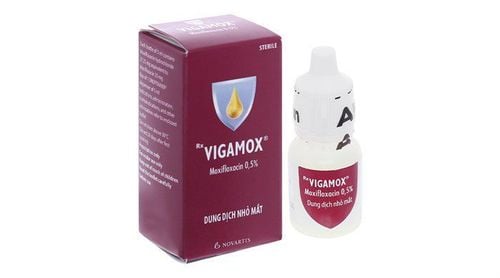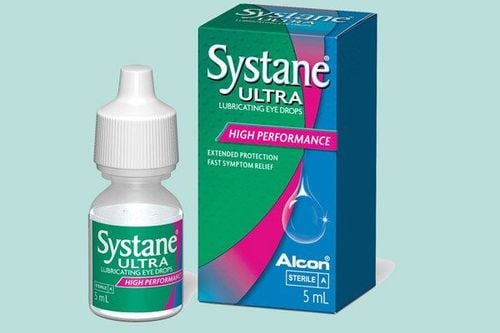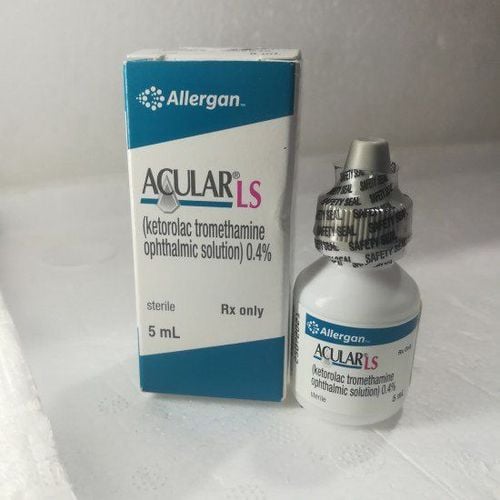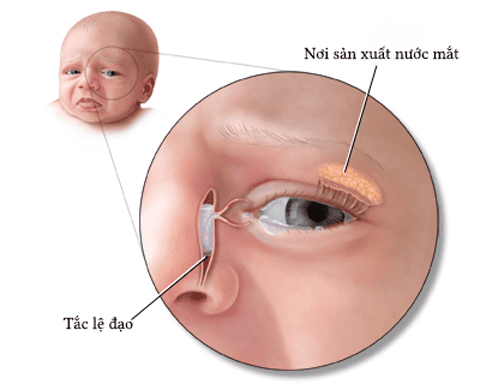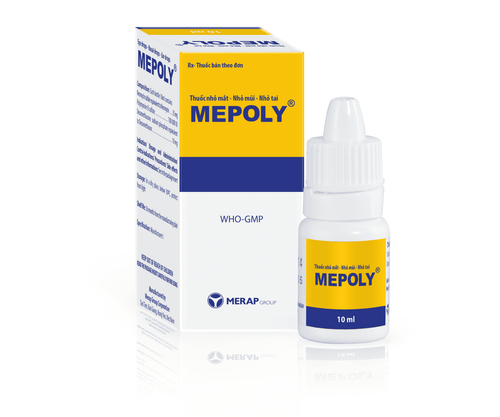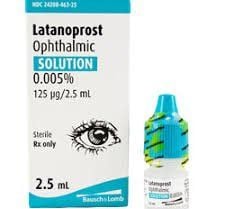This is an automatically translated article.
The article is professionally consulted by Specialist Doctor II Nguyen Thai Hung - Ophthalmologist - Department of Medical Examination & Internal Medicine - Vinmec Danang International General HospitalIrrigation is a technique commonly used before routine for patients with lacrimal obstruction and other eye conditions.
1. What is lacrimal irrigation?
The technique of lacrimal irrigation is to use lacrimal dilatation rod, standard set of catheters, syringe, lacrimal irrigation needle, 0.9% physiological saline solution, 1% dicaine anesthetic and antibiotic solution. to clean the lacrimal duct and check the lacrimal circulation.2. In which cases should the lacrimal irrigation be pumped?
The lacrimal irrigation pump is indicated in the following cases:Patients before cataract surgery, eye glaucoma surgery, deep intraocular interventions. Patients treated for corneal ulcers. Patients with suspected lacrimal occlusion or stenosis, congenital or acquired, are caused by various causes. Patient before religious practices . Cases of lacrimal sac abscess are contraindicated to perform lacrimal irrigation.
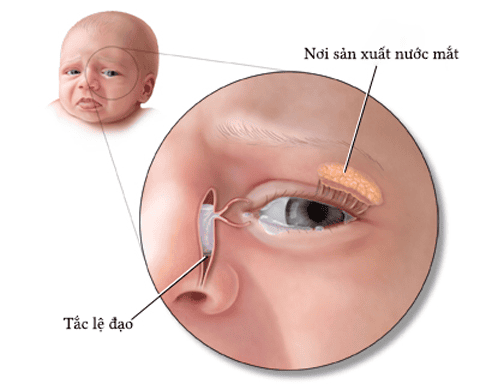
3. How is lacrimal irrigation performed?
The lacrimal irrigation technique includes the following steps:
Step 1: The patient lies upright and supine on the hospital bed. After that, the doctor administers surface anesthesia 2-3 times, each time 1 - 2 minutes apart. Step 2: The doctor stands at the patient's head, pulls the eyelid skin out and down to fix the eyelid and tear point. Step 3: The doctor uses the other hand to use the syringe and inserts the needle perpendicularly from the top down and through the tear point about 1mm. Then, the doctor rotates the syringe at a 90 degree angle into the transverse lacrimal gland, parallel to the eyelid margin to the lacrimal sac, until the needle touches the bone wall, retract about 1mm and slowly inject water. Check the circulation of the lacrimal canal after the lacrimal irrigation:
Water goes down the mouth: The lacrimal passage. The water just poured into the mouth and overflowed the upper tear point, or had to pump the water really hard to get to the mouth: The tear path was narrow. Water overflowing in place: Rule of lower management of lacrimal. Water in the upper lacrimal duct: Obstruction from the neck of the lacrimal sac to the lacrimal duct. With the cases of lacrimal obstruction, it is necessary to clean the lacrimal tears before proceeding with the religious practice.
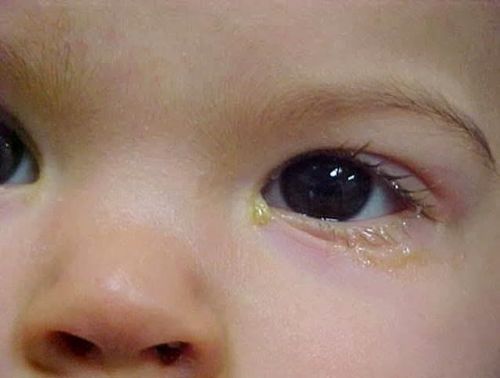
4. Monitoring during and after lacrimal irrigation, how to handle complications if any
Some complications may be encountered after lacrimal irrigation that need to be monitored and treated:
Infections: The use of needles, dilators can increase the risk of infection in the eye and lacrimal gland, then the patient needs to be treated with antibiotics. Nosebleeds or tears: When you insert a dilator, it can scratch the lining of the lacrimal or nasal passages, causing bleeding. At that time, it is necessary to use cotton or fingers to gently press on the lacrimal canal until the bleeding stops. The lacrimal irrigation pump helps to clean and clear the tear ducts before performing some deep-seated eye surgery or treating congenital or acquired tear duct obstruction or narrowing.
To examine and treat eye diseases, you can go to the Eye specialist - Vinmec International General Hospital. The department has a comprehensive vision and eye health care function for children, adults and the elderly including refractive error testing, general examination, diagnostic ultrasound, laser treatment and surgery. In addition, ophthalmology also has the task of coordinating with other clinical departments in the treatment of pathological complications and eye injuries caused by accidents.
Please dial HOTLINE for more information or register for an appointment HERE. Download MyVinmec app to make appointments faster and to manage your bookings easily.





